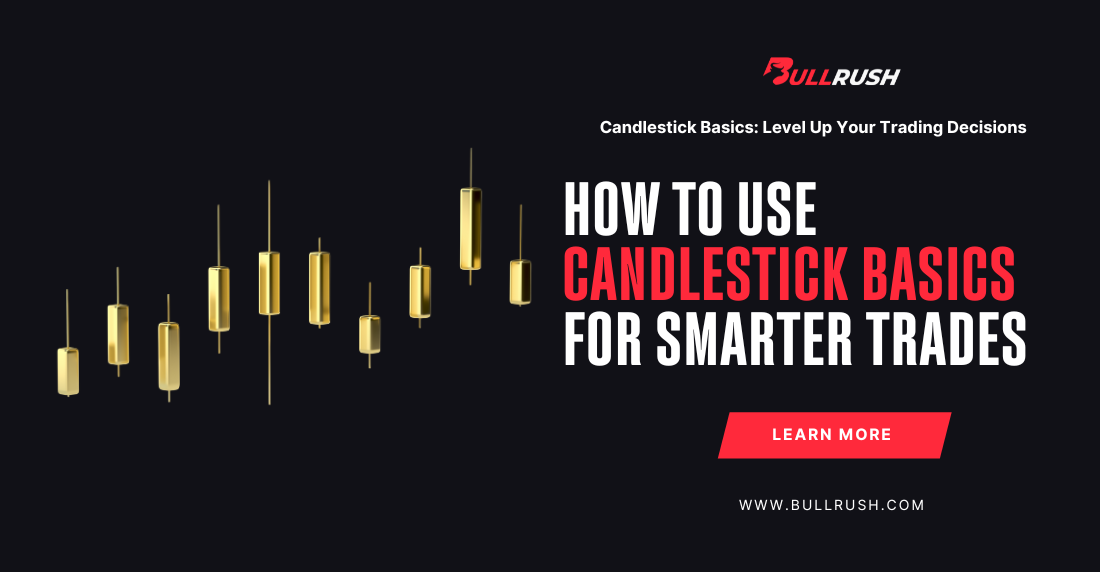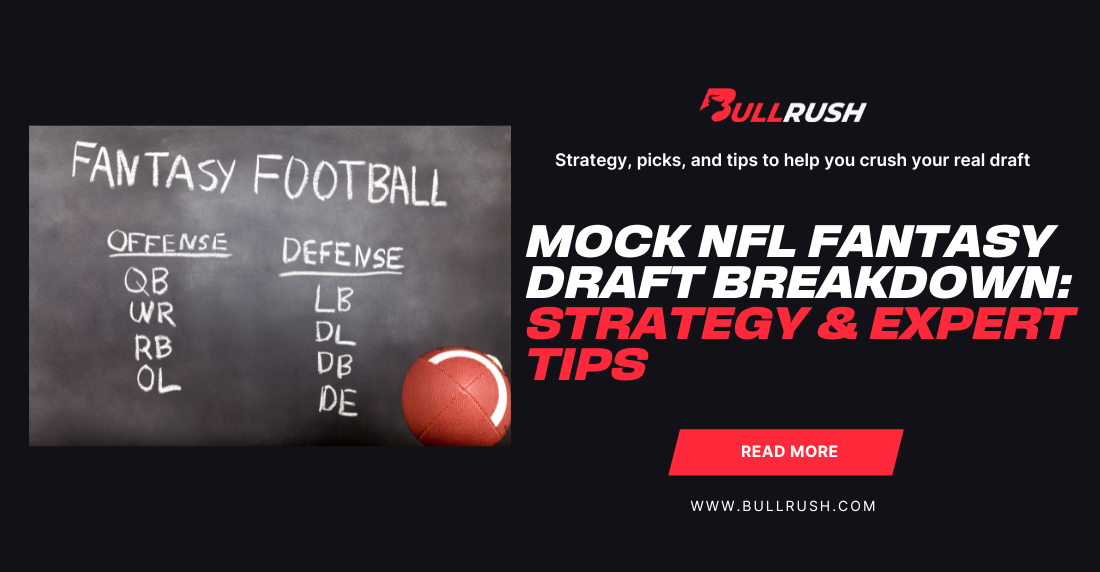
How to Use Candlestick Basics for Smarter Trades
Ever wonder why your trade looked perfect on paper… but reversed right after you entered?
You’re not alone. Many rely on top trading indicators and signals, but miss the one thing that could have told them the truth about the market in real time: candlesticks.
Candlesticks are the most fundamental tool in a trader’s arsenal; not just for charting, but for understanding what’s actually happening beneath the surface. They reveal the battle between buyers and sellers, help you time entries and exits, and offer instant clues about market psychology.
We’ll break down candlestick basics so you can start using them with confidence. Whether you’re sharpening your edge in our trading competitions or analyzing your trades in the simulator, this is the skill that ties it all together.
What Is a Candlestick?
A visual language for real-time price action
A candlestick is a succinct yet effective way to show how prices change over a given period of time, like one minute, fifteen minutes, an hour, or a day. Every candle shows the opening price, closing price, high price, and low price. In a nutshell, it’s a narrative of buyer-seller dynamics distilled into one form.
As such, candlesticks are used across all markets, Forex, stocks, crypto, indices, and on many trading platforms and in competitions. Like BullRush. Understanding them isn’t just helpful; it’s essential. The faster you can interpret a candlestick, the faster you can respond to what’s unfolding on your screen.
Summary:
- Candlesticks show price open, high, low, and close
- Each candle reflects market sentiment and momentum
- Used across all asset classes and timeframes
💡 Pro Tip: Start reading candles on higher timeframes (like 1H or 4H) before jumping into lower ones. The patterns are cleaner and easier to interpret.
Candle Anatomy: Body, Wicks, and Meaning
Decode what each part of the candle is telling you
Every candlestick is made of 2 main parts: the body and the wicks (also called shadows). The body shows the distance between the opening and closing prices. A long body means strong momentum: either buyers or sellers took control. A short body may indicate indecision or consolidation.
Both above and below the body parts are the wicks. They can show us the extent to which the price deviated from the open/close range. As such, a long lower wick will indicate that sellers attempted to drop the price but were overpowered, while a long upper wick will indicate that buyers attempted to push the price higher but lost control. You can identify momentum shifts early by recognizing these indicators in a live market, or for example, while using the BullRush simulator.
Summary:
- Body = strength or indecision
- Wicks = rejection, volatility, reversal potential
- Long wicks often mean failed attempts by buyers/sellers
💡 Pro Tip: Keep a close eye out for candles with small bodies and long wicks. They often precede powerful reversals.
Bullish vs. Bearish Candles
Who’s in control — buyers or sellers?
A bullish candle occurs when price closes higher than it opened. It’s usually colored green or white and shows that buyers had the upper hand. A bearish candle, on the other hand, closes lower than it opened, signaling seller dominance. These visual cues make it easy to assess market momentum at a glance.
In BullRush competitions, especially fastest-trader-wins events, like Profit Sprint, recognizing who has the upper hand can mean the difference between top rank and elimination. A few strong bullish candles on an uptrend might be your entry signal, while a sudden bearish engulfing candle could be your sign to exit before the tide turns.
Summary:
- Bullish candle= close > open = buyers in control
- Bearish candle = close < open = sellers in control
- Color and position give momentum clues
💡 Pro Tip: Don’t just react to color, combine candle structure with the trend and volume for smarter decisions.
Reading the Story: Market Psychology in Candles
Every candle is a heartbeat of the market
Candlesticks do more than show price. They show emotion. A long green candle suggests buyer confidence, while a sudden doji (a candle with nearly equal open and close) signals indecision, hesitation, or a looming reversal. Understanding these emotional clues helps you trade the market’s behavior, not just its numbers.
In trading challenges, this level of reading gives you an edge. You’re not just guessing or reacting to lagging indicators. You’re interpreting what the crowd is thinking in real time. That’s the power of candlestick reading awareness.
Summary:
- Candles reflect market confidence, fear, or hesitation
- Indecision candles often appear before reversals
- Learn to read emotion, not just price movement
💡 Pro Tip: Place indecision candles (like spinning tops) in context: during trends, they can warn of reversal; during consolidation, they may mean nothing.
How to Apply Candlestick Basics for Smarter Price Action Decisions on BullRush
At BullRush, we don’t just teach you theory; we test your skills in real-time competitions, prop challenges, and trading simulators. Reading candlesticks effectively can drastically improve your timing, risk management, and scoring in both long-format events and fast-paced competitions.
For example, in BYOC (Build-Your-Own-Competition), you can even create challenges that reward reversal spotting or price action reads. Candlestick basics becomes more than an edge… it becomes your trading strategy.
Summary:
- Candlestick reading sharpens your competition performance
- Combine it with volume, S/R zones, and time-of-day logic
- Use it in BYOC setups for creative challenge building
💡 Pro Tip: In Profit Sprint, use candlestick clues to identify quick reversal zones; ideal for short-term gains.
Build Your Foundation with Candlestick Basics
As we mentioned, candlestick basics are key to every good trade. They reveal market strength, weakness, hesitation, and intention; long before most indicators catch up.
At BullRush, we don’t just talk about patterns; we teach traders to think critically, read between the lines, and develop their own systems. Whether you’re learning in the simulator or competing for top ranks, this skill is your first step toward true trading independence.
Ready to level up?
Join the next BullRush competition, test your candle-reading instincts in real-time, and track your performance like a pro.
👉 Explore Competitions Now
👉 Subscribe to our YouTube Channel
👉 Join our Discord for live trade chat
Trade smart. Trade with confidence. Trade BullRush.
FAQs
Q: Are candlestick patterns the same in Forex and stocks?
The patterns are similar, but context matters. In Forex, price action moves differently due to liquidity and volatility. Focus on behavior over textbook names.
Q: What timeframe is best for learning candlesticks?
Start with the 1H or 4H chart. Patterns are clearer and less noisy than on the 1-minute or 5-minute timeframes.
Q: Do candlesticks work without indicators?
Yes. Candlesticks are often more powerful without indicators because they show raw price action. Combine with support/resistance and volume for best results.
Q: How can I practice candlestick reading on BullRush?
Use our paper trading simulator or join a competition with a focus on reversal strategies. You can even build your own BYOC challenge focused on price action.



